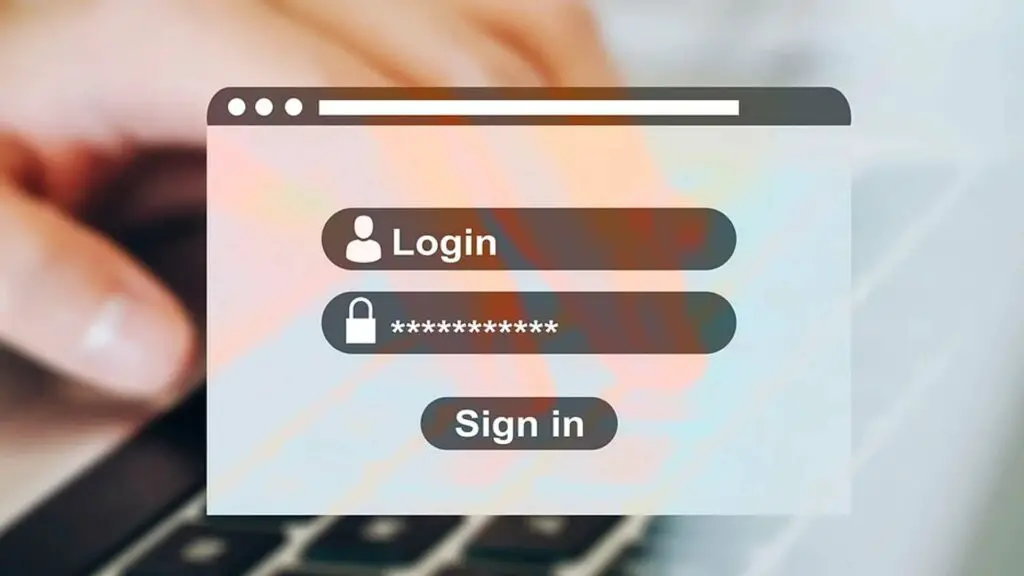If you’re like most people, you have dozens of online accounts. From social media to banking to shopping, the list goes on and on. It can be difficult to keep track of all of your passwords, especially if you use different passwords for each account. That’s where a password manager comes in handy! A password manager can store all of your passwords securely, and make them accessible when you need them. In this blog post, we will show you how to organize your password manager in four easy steps! So, without further ado, let’s get started!

Choose a White Label Manager
If you’re just starting out with password management, it’s important to choose a white label manager. A white label password manager is software that allows you to store and manage your passwords without branding. This means that you can use the software for personal or business use without having to worry about any logos or branding associated with the product. In addition, white label password managers typically offer more features and customization options than their branded counterparts.
Delete Accounts You No Longer Use
Once you’ve chosen a white label manager, the next step is to delete any accounts you no longer use. This includes old social media accounts, online shopping accounts, and anything else you no longer need. By deleting these accounts, you’ll declutter your password manager and make it easier to find the passwords you need. Also, by deleting old accounts, you’ll reduce the chances of your personal information being compromised.
Use Labels
Another great way to organize your password manager is to use labels. Labels can be used to categorize your passwords, making them easier to find when you need them. For example, you could label all of your social media passwords with “social media” and all of your banking passwords with “banking.” Or, you could label your passwords by website, such as “Facebook” or “Twitter.” This will help you quickly find the passwords you need without having to search through all of your stored passwords. In addition, labels can also be used to flag passwords that need to be updated.
Review Security Issues
Finally, it’s important to review security issues on a regular basis. This includes making sure your passwords are strong and unique, as well as keeping an eye out for any new security threats. Some common security threads to be aware of include phishing attacks and malware. By staying up-to-date on security threats, you can help keep your passwords safe and secure. Also, be sure to update your passwords on a regular basis, and never use the same password for more than one account.

By following these four easy steps we’ve provided in this article, you can easily organize your password manager and keep your passwords safe and secure. From choosing the right password manager to regularly reviewing security threats, we’ve got you covered. So what are you waiting for? Start with organizing your password manager today! Hopefully, these tips will make your life a little bit easier.
